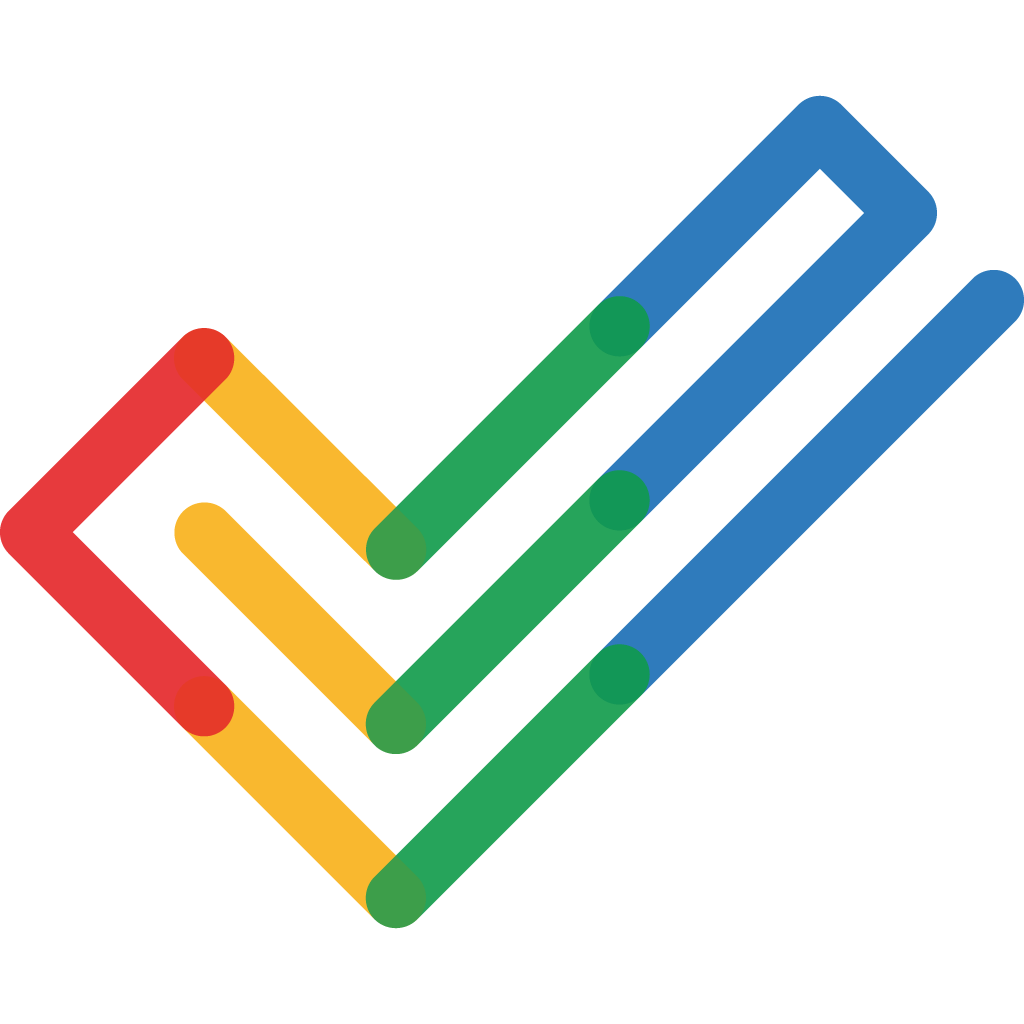Zenkit is a Project Management Software. Zenkit offers Budget Management, Issue Management, Milestone Tracking, Percent-Complete Tracking, Portfolio Management and many more functionalities.
Some top alternatives to Zenkit includes Quickbase , Smartsheet, ClickUp, Zoho Projects and Project Insight.
Yes, Zenkit provides API.
Yes, Zenkit provides a mobile app.
Zenkit is located in Karlsruhe, Germany
Zenkit offers Freemium, Subscription, Quotation Based pricing models
Yes, Zenkit can integrate with ActiveCampaign, DeskTime, Clockify, ClickTime and many more.You can find more integration for Zenkit here
The starting price is not disclosed by Zenkit. You can visit Zenkit pricing page to get the latest pricing.

























